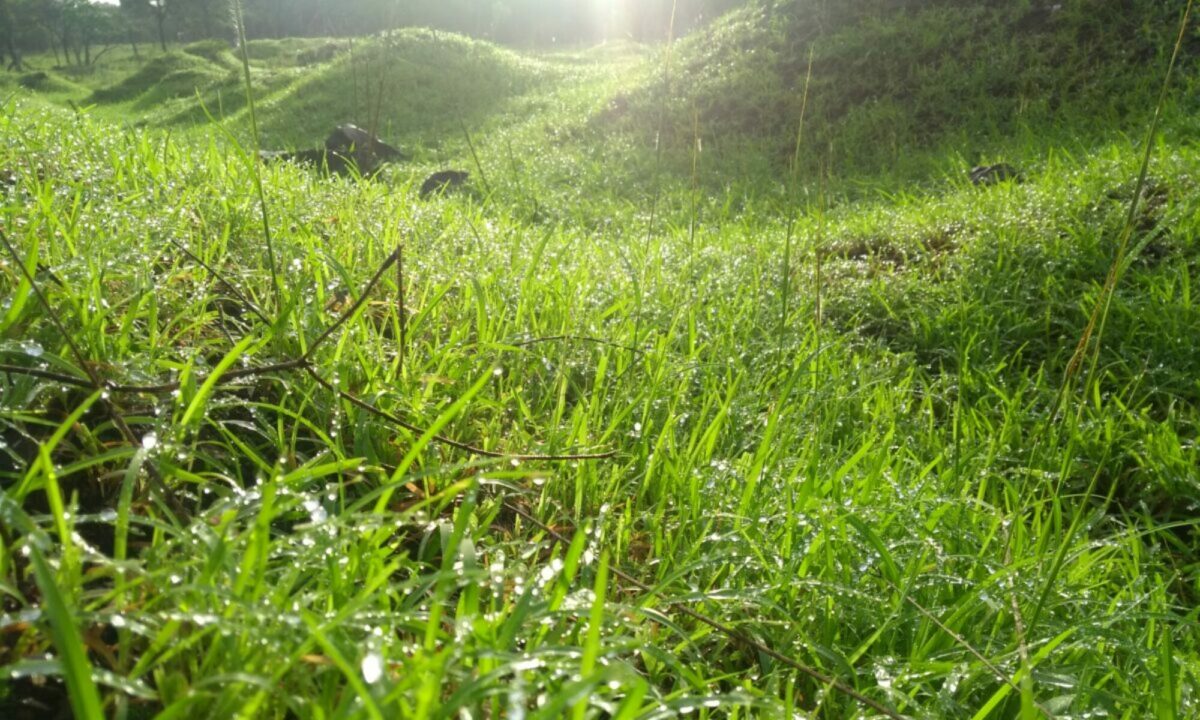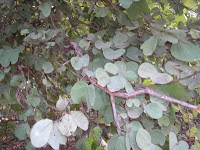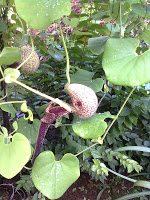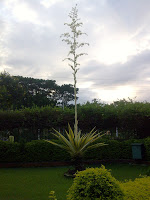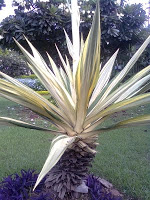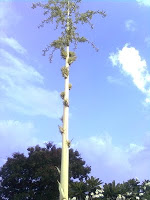Several years ago we had a first hand experience of seeing forest guards in action at the Orang Wildlife Sanctuary in Assam when poachers were sighted. Rhinos are often killed for their horns that are said to have medicinal properties. Today’s dailies carry news of forest guards shooting two poachers at Orang. Click here to read the full news.
According to an earlier news that cited a census carried out in March 2009, staff at Orang had successfully increased one-horned rhino population at the Park to 64 (Click here for full news). Orang gets its importance as its the only viable home for rhinos north of the River Brahmaputra but has several issues that hamper local authorities from providing adequate protection to the threatened rhinos. Click here to read more.
Our experience at Orang was unforgettable and had a poacher element thrown in as well. Living in amidst the urban dazzle and rat race, we often discard such news as having nothing to do with us. Yet we need to contribute in any possible way to stop such atrocities. Contributing money to organisations working to this aim is one way. Another more effective one would be not buying artifacts or other products made from endangered species.
Every step counts. Think about it.
